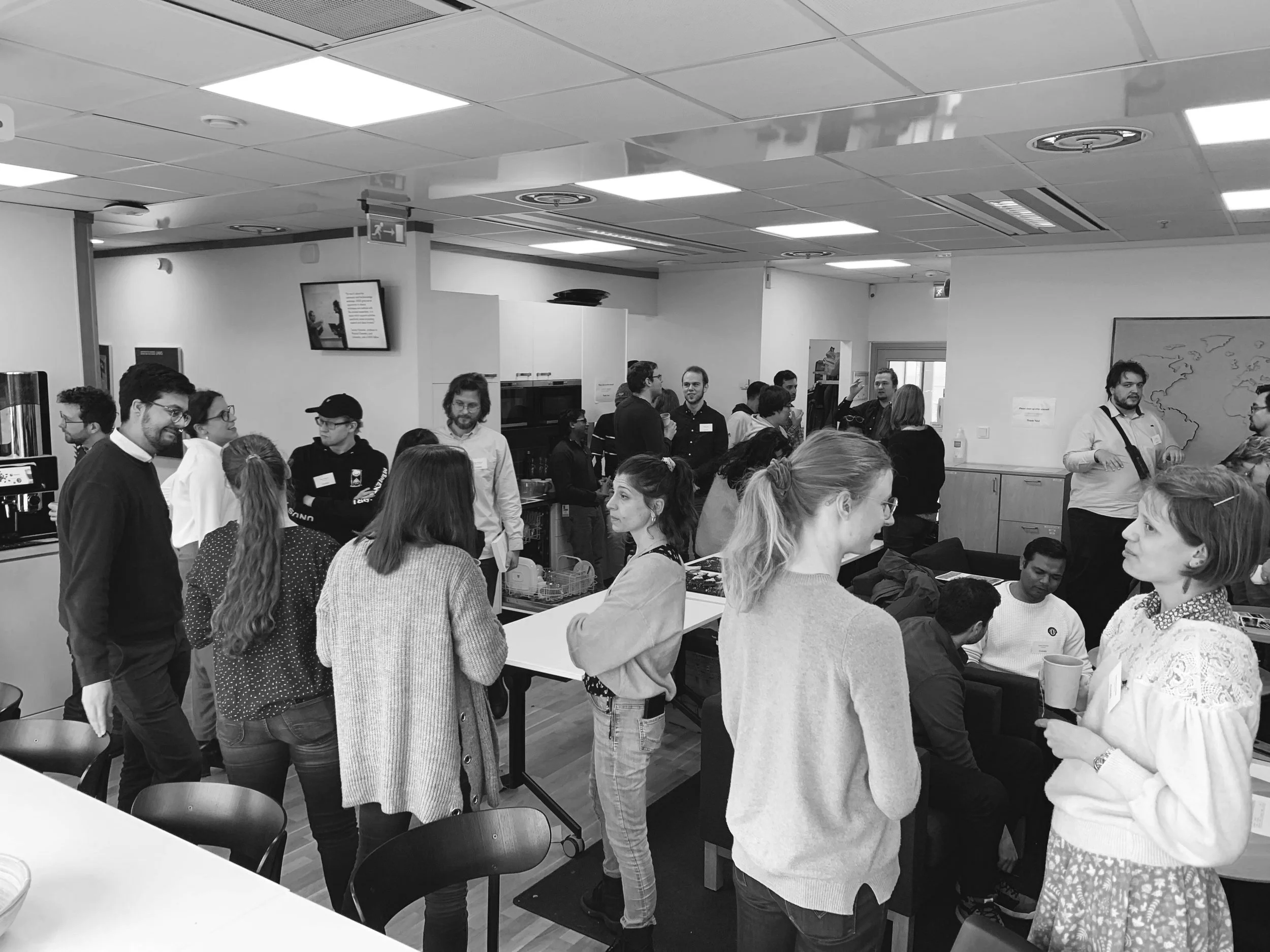Young Researchers’ Symposium Life Science – a resounding success!
With more than 60 participants from national and international universities and synchrotron facilities, the recent Young Researchers’ Symposium Life Science in March was a great success. – There is a big need to gather, exchange ideas, and discuss science in an informal setting, says postdoctoral researcher Daniel Sarabi, who organised the event with Swati Aggarwal, postdoctoral researcher at MAX IV.
The focus for the event was on presenting topics in life sciences which have been developed and explored using X-ray and neutrons techniques.
– The day hit all the marks we were hoping for in terms of programme content and set-up. We had great and lively discussions, with many varied questions after each session. Some people would ask about methodology, some about how to prepare samples, or about the technique, says Daniel Sarabi.
Swati Aggarwal is a postdoctoral researcher at MAX IV, and Daniel Sarabi is a postdoctoral researcher at LINXS. They organised the symposium. Photo: Josefin Martell.
He was surprised by how relaxed and open the participants were during the day. He reflects that this could in part be explained by the fact that there were no senior researchers there. Another reflection is how little researchers from the same university interact during their PhD or postdoctoral studies.
– The majority of the people who came were from Lund University. Even though they all use scattering techniques in their research most of them had never met. To me, that shows the importance of organising events where people from different institutions, and with different skill sets, can meet to discuss approaches.
Important to meet for collaborations
Collaborations within research making use of X-rays and neutrons are especially crucial according to Daniel Sarabi.
– Most research today is interdisciplinary, as are most of the problems we are trying to solve. We need to have broad skills and perspectives, and use all the techniques available to us.
– If I take myself as an example. I work on the human transthyretin protein which can cause you to lose functionality of organs such as the heart or kidney, or become senile as a result of amyloidogensis. We have performed neutron crystallography as well as used X-ray scattering and molecular dynamics to study the way the protein mutates and aggregates in different parts of the body. But I am not a specialist in all the biophysical methods. I need to work with people who know other techniques.
Participants at the Young Researchers’ Symposium Life Science. Photo: Josefin Martell.
Next steps
A positive outcome from the event is that three more people have now joined the core organising group, apart from Daniel Sarabi and Swati Aggarwal, postdoctoral researcher at MAX IV. They are Marija Dubackic physical chemistry at Lund University, Greger Hammarin from Structural Biology at University of Gothenburg, and Maria Pierantoni from the Biomechanics group at Lund Unviersity. They represent different topics within the field of life science.
Some of the ideas the group want to take further, includes organising information events with beamline and instrument scientists, career days, and theme events connected to certain topics or methods. If numbers and interest grow, they might have to change venue for the next event.
– The fact that we are early career researchers driving this together ensures that the activities will be welcoming and suitable for PhD:s and postdocs. We want to create a space where no question or query is to silly or minor to ask, and that cover broad scientific areas in life science connected to X-rays and neutrons, says Daniel Sarabi.
The event was organised by LINXS in collaboration with MAX IV and ESS.


